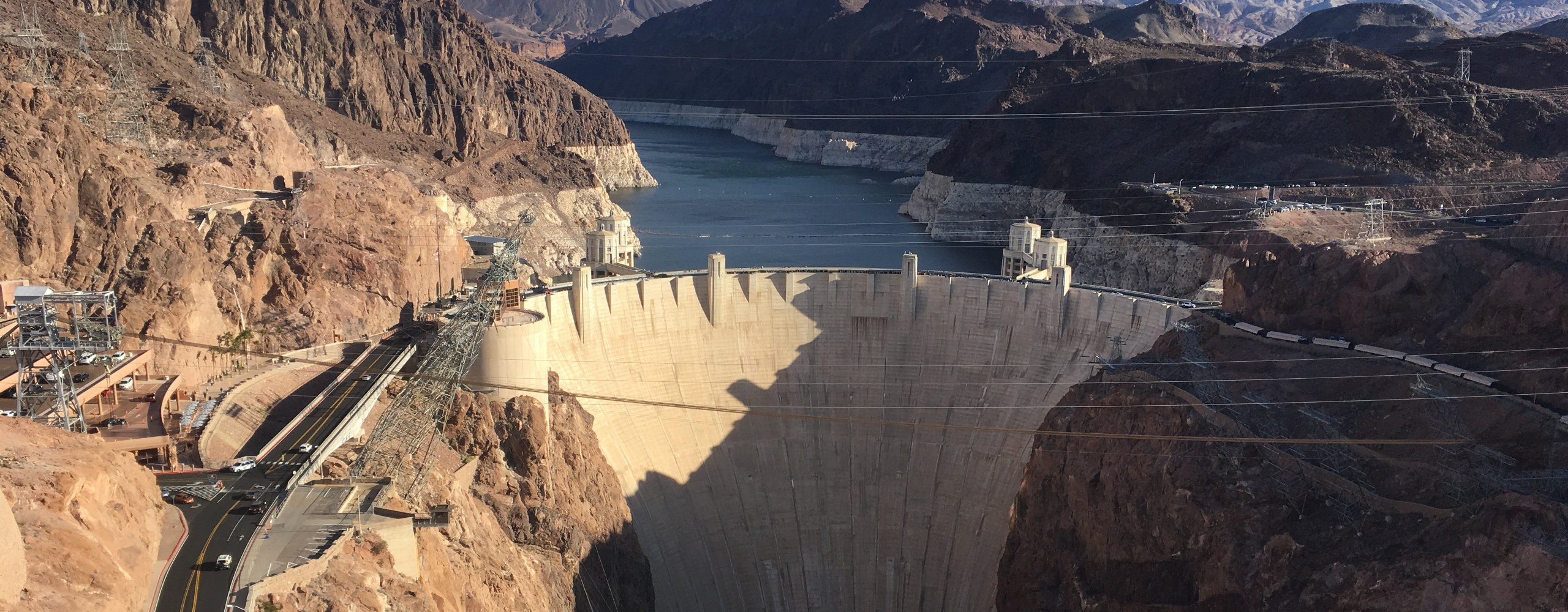
Predictions of Groundwater Inflow to Sublevel Stope Mining (2013)
This project involved simulating the proposed open pits and underground mining of the Aurora Mine in Guyana, predicting potential inflow rates into the pits and underground workings, and providing pore‐pressure distributions to the geomechanical model.

Stress Modeling Malmberget (2013)
LKAB plans to increase the production in Malmberget mine to 20 million metric tons of iron ore per year. The objective of this work was to create a detailed model of all orebodies to study the stress situation with continued ore production at depth.

Norra Länken 3D Stability Analysis (2012)
The Northern Link (Norra Länken) will be part of a major road system surrounding the Stockholm metropolitan area. As part of the design work for this project, Itasca Consultants AB and Itasca Consultants S.A.S. has performed a three-dimensional numerical study to analyze of the effect of a large surface load being applied on top of a tunnel intersection with low (4 m) rock cover. The analyses were performed using FLAC3D, and the model was constructed with KUBRIX Geo mesh generator using in conjunction with the Rhino CAD package.

Long Term Cavern Stability of the SFR Facility (2012)
A numerical analysis was conducted to assess the long term stability of the rock caverns BMA and BLA for the final repository of low and middle level nuclear waste at the SFR facility in Forsmark, Sweden. The objective was to analyze if there exists a long term risk for an ongoing loosening of the rock mass up to the surface due to degradation and weathering of the rock mass adjacent to the walls of the rock caverns.

Simulation of a tunnel excavation at shallow depth (Ohio River Bridge) (2012)
The behavior, during excavation, of a shallow tunnel cutting densely fractured limestones and dolomites raised concerns. The tunnel is called "Drumanar tunnel‘ and located in Louisville, in Southern Indiana. The model geometry is shown on Figure 1.

A new loading system to limit segregation of a limestone-coal mix loaded in a cylindrical hopper (2012)
SOLVAY S.A. wanted to characterize the potential segregation of a mix of blocks (limestone + coal) charged into a cylindrical hopper. An intermediate loading structure between the conveyor and the hopper is added to limit segregation observed in a previous study.

System Design of Underground Facility for Spent Nuclear Fuel Storage (2012)
The design of the final nuclear repository design has been initiated by SKB and as a first step the system design of the underground facility has been executed.

Numerical Modeling of Mining Sequences and Seismicity (2012)
Mining-induced seismicity is one of the most serious rock mechanics problems in sublevel caving in the LKAB mine in Kiruna.

Brittle Rock Fracturing Mechanisms in Deep Gold Mines (2012)
Many gold mines in South Africa are situated 2 to 4 km deep in sedimentary deposits extending for hundreds of square kilometers along mostly tabular reefs often less than one-meter thick. AngloGold Ashanti’s operational depth of mining increases every year following a declining gold reef with the surrounding rock experiencing large displacements. The mine seeks to understand the rock behavior, especially brittle failure mechanisms, inherent at depth with the ultimate goal being to develop a rational methodology for mine design, especially as mining continues deeper.

Discrete modelling of fibrous structure from 3D tomography images and fiber segmentation process (2011)
Lafarge Center of Research is interested in analysing the microstructure of a fibrous media and its consequence on the resulting macroscopic behavior, for optimization purposes.

Jet Grouting Wall with Anchors (2011)
Keller Group constructed a 13 m deep underground parking lot. After many trials utilizing concrete diaphragm panels for ground support, this approach was found to be impractical. This was mainly due to the high aggregate-size variability of the morainic deposit (unconsolidated glacial debris) at the site. In such complex geotechnical situations jet grouting offers a valid alternative to traditional support systems.

Size-distribution analysis of potentially formed blocks during the primary fragmentation of a fractured rock (2011)
The in‐situ primary fragmentation that occurs during mining operations (using caving methods) highly depends on pre‐existing fractures. Slip along fracture planes and breakage of rock bridges are the main controls of the fragmentation and block formation process during caving.

Modelling of the excavation of two intersecting tunnels (2011)
In the framework of the extension of the Meuse/Haute‐Marne Underground Research Laboratory (France), Itasca Consultants SAS was commissioned by EIFFAGE to verify the tunnel stability and the design of the support structures installed during the excavation of two intersecting tunnels (Figure 1).In the framework of the extension of the Meuse/Haute‐Marne Underground Research Laboratory (France), Itasca Consultants SAS was commissioned by EIFFAGE to verify the tunnel stability and the design of the support structures installed during the excavation of two intersecting tunnels (Figure 1).

Observational Method for Deep Excavation (2010)
The Observational Method (OM) is a standard practice to support/guide design of infrastructure in sensitive environments, in particular for large excavations in urban areas. The example presented here is one of several cases from the construction of a recent subway line in Rome.

Analysis of MSE Retaining Wall (2008)
A section of retaining wall H on Trunk Highway 41 (TH41) south of the junction with TH212 in Chaska, Minnesota, "pushed out" following significant rainfall during construction. The rainfall event occurred prior to the pavement placement with the fill material exposed. The movement (horizontal displacement) of the wall that occurred after the rainfall event was permanent and visible.
